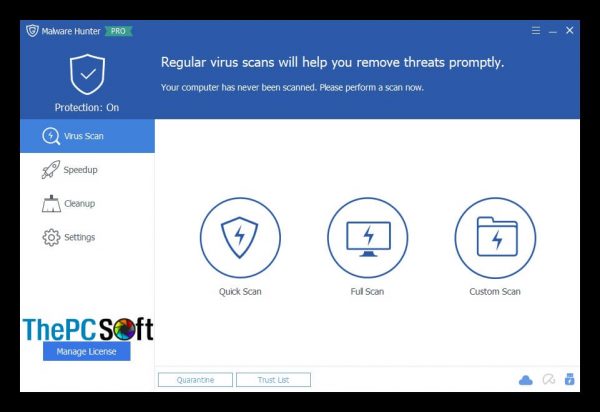

Low fat in the diet provides additional protection and this emphasizes further the possible importance of insulin resistance, given that low-fat diets are associated with reduced insulin resistance independent of calorie content. Calorie restriction is also effective in other animal models. Tumorigenesis in this model is enhanced by injection of medium-acting insulin, and calorie restriction, perhaps the most familiar means of reducing insulin resistance, diminishes the development of aberrant crypt foci. EXPERIMENTAL, EPIDEMIOLOGICAL AND CLINICAL EVIDENCE FOR LINKS BETWEEN INSULIN RESISTANCE, HYPERINSULINAEMIA AND CANCERĪzoxymethane induction of colon cancer or pre-cancerous aberrant crypt foci in the rat has provided the most widely used experimental model with which links between insulin resistance and cancer have been evaluated. The review also makes a distinction between promotion of cancer by insulin resistance and hyperinsulinaemia and promotion of cancer by conditions that coincidentally cause insulin resistance and hyperinsulinaemia. It then examines the various mechanisms by which insulin resistance and its accompanying hyperinsulinaemia could have an impact on cancer risk. The present review begins by highlighting key aspects of the experimental, epidemiological and clinical evidence that justify an in-depth consideration of insulin resistance and hyperinsulinaemia as factors in carcinogenesis.

diabetes, obesity or colorectal cancer, or on epidemiological rather than experimental evidence. These reviews have, however, tended to focus on specific conditions, e.g. Insulin resistance coincides with an increased risk of cancer in a variety of conditions, including aging, physical inactivity, obesity, central body fat distribution, Type 2 diabetes, hyperglycaemia, the metabolic syndrome, liver disease, subclinical inflammation, acromegaly, a high-glycaemic-index diet and a high-saturated-fat diet, and there is extensively reviewed evidence linking measures associated with insulin resistance with the subsequent development of cancer or pre-cancerous changes. The possibility that some of the effects of hyperinsulinaemia might then augment pro-carcinogenic changes associated with disturbances in these factors emphasizes how, rather than being a single causative factor, insulin resistance may be most usefully viewed as one strand in a network of interacting disturbances that promote the development and progression of cancer. Several factors can independently modify both cancer risk and insulin resistance, including subclinical inflammation and obesity. Hyperinsulinaemia may also induce other changes, particularly in the IGF (insulin-like growth factor) system, that could promote cell proliferation and survival. There are, however, theoretical mechanisms by which hyperinsulinaemia could amplify such growth-promoting effects as insulin may have, as well as the growth-promoting effects of other, more potent, growth factors. Access content during the Covid-19 pandemicĮxperimental, epidemiological and clinical evidence implicates insulin resistance and its accompanying hyperinsulinaemia in the development of cancer, but the relative importance of these disturbances in cancer remains unclear.


 0 kommentar(er)
0 kommentar(er)
